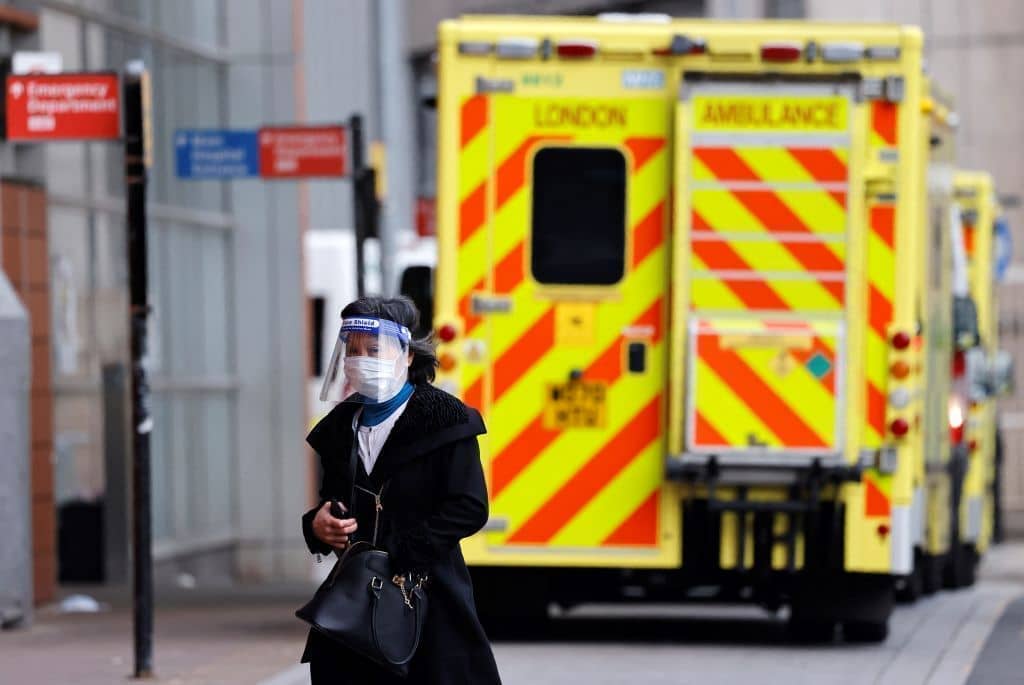Omicron is sending Covid case numbers surging ( a new high of 189,000 cases reported yesterday) and hospital admissions along with it. But another important piece of data, intensive care admissions, shows a significant fall. This is early data, but worth noting as it may be part of an important trend. And it adds context to comments by Chris Hopson, Chief executive of NHS Providers, that the system may be better prepared than case numbers suggest.
First let’s look at London; the Omicron epicentre. Hospital figures are rising fast – in part due to patients who are being primarily treated for something else (blue, below – that is now true for a third of Covid hospital patients in England).
But look at critical care beds. If you look at those used for Covid patients, there’s a mild uptick but nothing compared to what we saw last year. For all critical beds in use, there’s a clear decoupling from last year’s rise:
We see the same in the figures across England: Covid hospitalisation figures rising but ICU usage falling. Even for Covid patients, the number is drifting lower:
While the Intensive Care National Audit & Research Centre normally gives detailed commentary with its weekly report, the above information comes from a simple (and so far unreported) data release on New Year’s Eve. So it’s unclear if there are any other mitigating factors. Over the Christmas week it would not be surprising if there were – but that didn’t seem to have been a factor last year.
So what’s going on? The optimistic scenario is that, as other reports have suggested, Omicron is far less likely to kill hospitalised patients (and, as we reported yesterday, less likely to keep them in hospital for more than a week). A Lancet study published recently said Omicron’s severe disease rate amongst those admitted to hospital was half that of Delta and Alpha: in South Africa’s second wave it was 60 per cent, in the Omicron wave it was 28 per cent.
This does, of course, present a challenge for modellers – if the dynamics of Covid no longer work in the same way it’s harder to use a case number surge to predict hospitalisations, ICU usage and excess death. Even a drop in the average length of hospital stay can change modelled hospital occupancy significantly.
The same trend was seen in South Africa: its figures show ICU usage rising a lot more slowly than hospitalisations, let alone cases, and nothing compared to its earlier wave. We have been tracking the South African figures (as with all figures on this blog) on the Spectator data hub.
Sir John Bell, regius professor of medicine at Oxford University, said recently that Omicron is simply ‘not the same disease we were seeing a year ago’ – whether it has been downgraded by vaccines, treatments or an inherent weakness is not possible to discern from the data.
But this will be a crucial factor for ministers when they meet next Monday to discuss the potential for more restrictions. Case numbers are certainly surging, but what that means for ICU and death toll is still unclear and there is sound reason to believe that the picture may be very different this time, as it has been in South Africa.







Comments